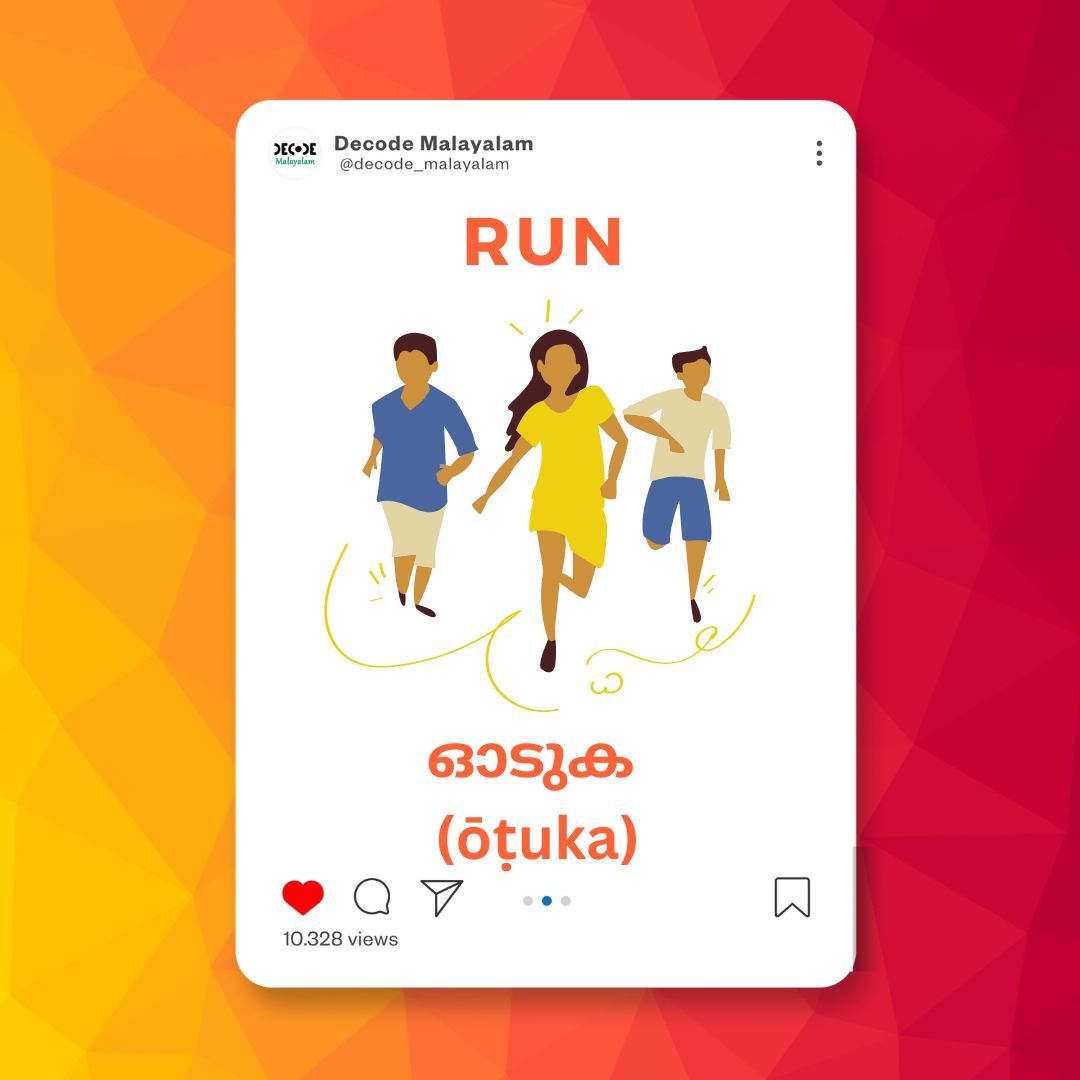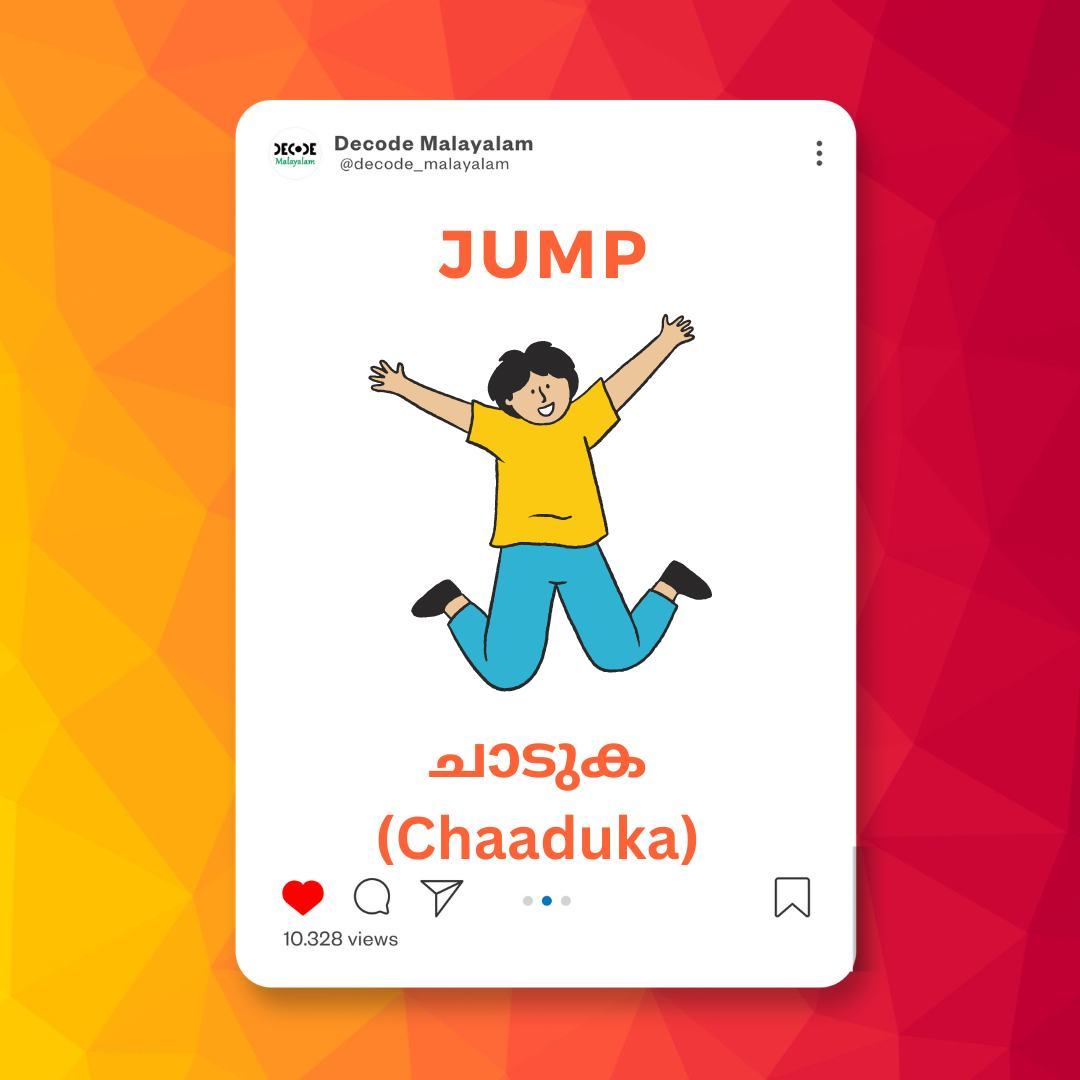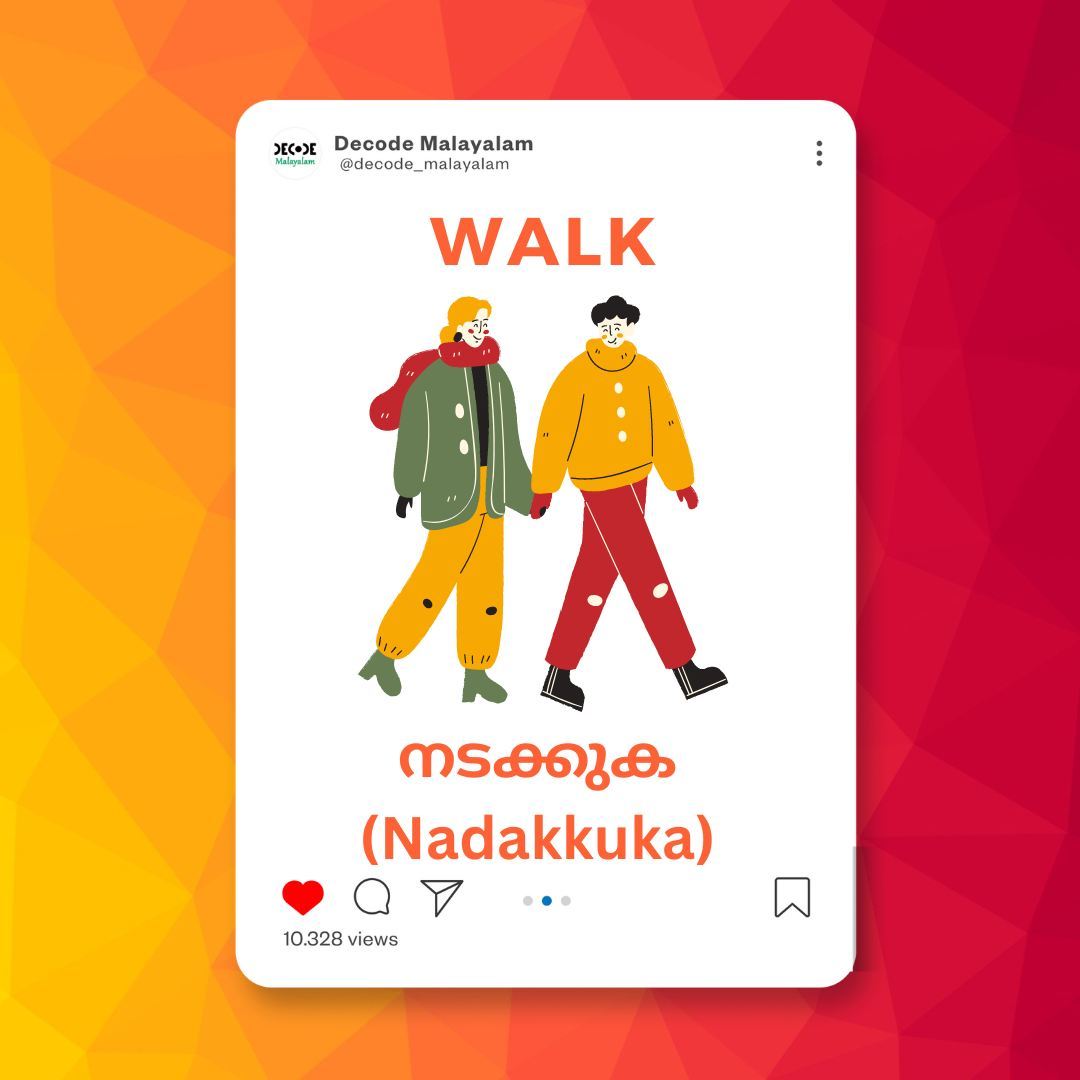Kathakali, a classical dance-drama that originated in the Indian state of Kerala, is a vibrant and unique art form that mesmerizes audiences with its elaborate costumes, intricate makeup, expressive gestures, and captivating storytelling. This article delves into the rich history, distinctive art, and enduring tradition of Kathakali, offering insights for enthusiasts and beginners alike.
Introduction
Imagine a stage adorned with vibrant hues, dramatic masks, and performers whose every gesture tells a story. Welcome to the world of Kathakali. Whether you’re an art enthusiast or a curious traveler, understanding Kathakali: history, art, and tradition offers a glimpse into Kerala’s cultural heart. This ancient dance-drama is not just a performance; it’s an immersive experience that has evolved over centuries, captivating audiences worldwide. Let’s embark on a journey to unravel the mysteries of Kathakali, from its historical roots to its modern-day significance.
The Historical Roots of Kathakali

Origins and Evolution
Kathakali, which translates to “story play,” has its roots in Kerala’s temple and folk arts. It is believed to have originated in the late 16th century, drawing inspiration from earlier forms such as Koodiyattam, Krishnanattam, and Theyyam. The synthesis of these art forms led to the creation of Kathakali, characterized by its elaborate costumes, detailed makeup, and intricate facial expressions.
Patronage and Proliferation
The royal families of Kerala, particularly the Zamorin of Calicut and the Raja of Kottarakkara, played a pivotal role in nurturing and promoting Kathakali. Their patronage enabled the art form to flourish, with dedicated troupes performing in temples and palaces. Over time, Kathakali transcended its religious origins to become a secular art form, accessible to all.
The Art of Kathakali: Elements and Techniques

Costumes and Makeup
One of the most striking features of Kathakali is its vibrant and elaborate costumes. Performers don brightly colored, layered garments, adorned with intricate embroidery and jewelry. The headgear, often towering and elaborate, signifies the character being portrayed.
Makeup, or “chutti,” is another distinctive element. It involves a painstaking process where natural pigments are used to create vivid facial expressions. The colors used in the makeup denote different character traits: green for noble heroes, red for villains, and black for demons. This visual language allows the audience to instantly recognize the nature of the characters.
Facial Expressions and Gestures
Kathakali is renowned for its intricate facial expressions and hand gestures, or “mudras,” which convey a wide range of emotions and narratives. The actors undergo rigorous training to master these expressions, which are central to storytelling in Kathakali. The eyes, in particular, play a crucial role, with exaggerated movements enhancing the dramatic effect.
Music and Instruments
The musical accompaniment in Kathakali is integral to the performance. Traditional instruments such as the chenda (a cylindrical drum), maddalam (a barrel-shaped drum), and ilathalam (cymbals) create a rhythmic backdrop that guides the performers. The musicians, along with vocalists, narrate the story through songs known as “padams,” sung in the Malayalam language.
Tradition and Modernity: Kathakali Today

Preserving Tradition
Despite the challenges posed by modernization, Kathakali has managed to preserve its traditional essence. Institutions like the Kerala Kalamandalam, established in 1930, play a crucial role in training new generations of artists. These institutions ensure that the ancient techniques and narratives of Kathakali are passed down, maintaining the integrity of this cultural treasure.
Global Recognition and Adaptation
Kathakali has transcended regional boundaries to gain international acclaim. Performances are held worldwide, and many foreign artists come to Kerala to learn this intricate art form. Additionally, contemporary adaptations of Kathakali are being explored, blending traditional elements with modern themes to appeal to a broader audience.
Practical Tips for Getting Started with Learning Kathakali

If you’re intrigued by Kathakali and wish to learn this fascinating art form, here are some practical tips to get you started:
1. Find a Reputable School or Guru
Seek out reputable institutions or experienced gurus who offer Kathakali training. The Kerala Kalamandalam and other cultural centers in Kerala are excellent places to start.
2. Commit to Rigorous Training
Kathakali requires dedication and discipline. Be prepared for rigorous training sessions that will help you master the intricate facial expressions, gestures, and movements.
3. Understand the Cultural Context
Immerse yourself in the cultural and historical context of Kathakali. Understanding the mythology and stories behind the performances will enhance your appreciation and performance of the art form.
4. Practice Regularly
Consistent practice is key to mastering Kathakali. Regular rehearsals will help you refine your skills and build the physical endurance required for performances.
5. Learn Malayalam
Since Kathakali performances are traditionally conducted in Malayalam, learning the language can significantly enhance your understanding and portrayal of the characters and narratives. For those interested in learning Malayalam, platforms like Decode Malayalam offer comprehensive courses to help you get started.
Conclusion
Kathakali is more than just a dance-drama; it is a living testament to Kerala’s rich cultural heritage. Understanding Kathakali: history, art, and tradition provides a window into a world where stories come alive through mesmerizing performances. Whether you’re a cultural enthusiast or someone keen on exploring new art forms, delving into Kathakali can be a rewarding experience.
By embracing the rich traditions and intricate techniques of Kathakali, you not only gain insight into a fascinating art form but also contribute to its preservation and continuation. If you’re inspired to embark on this journey, consider enrolling in a course at Decode Malayalam, where you can learn the language and cultural nuances that underpin this extraordinary art form. Unlock the secrets of Kathakali and become part of a tradition that has captivated hearts for centuries.
Read More:
- The Most Influential Malayalam Writers of All Time
- Famous Rivers in Kerala: A Journey Through the Lifelines of God’s Own Country
- Exploring the Vibrant World of Art Galleries in Kerala











